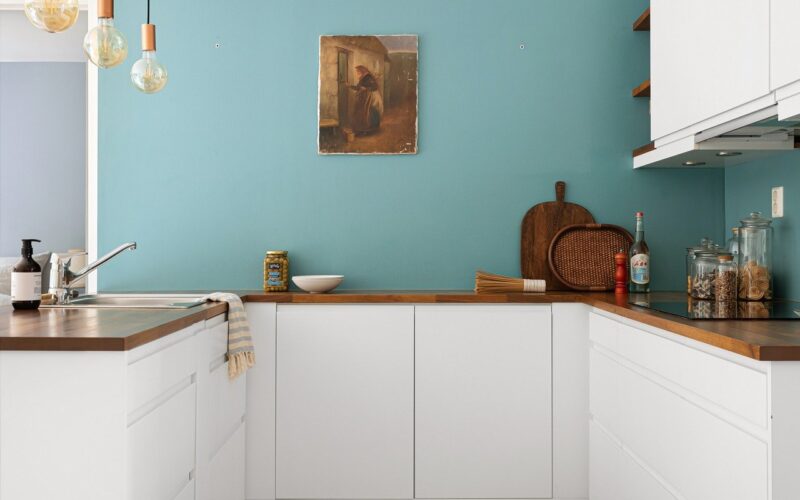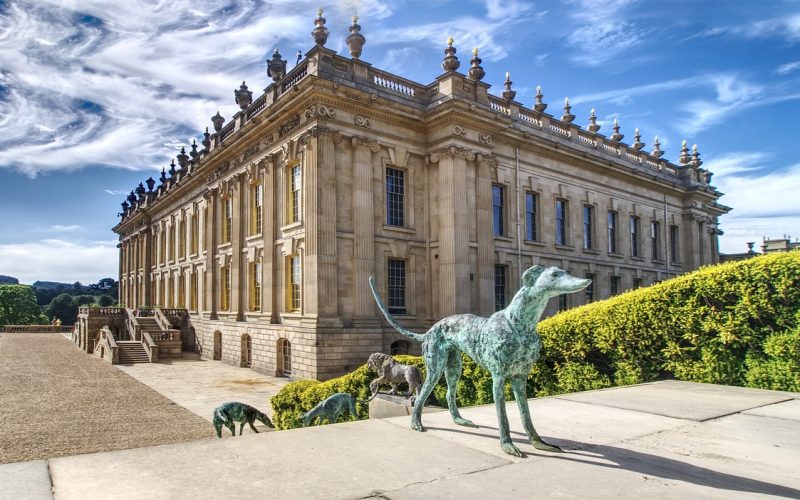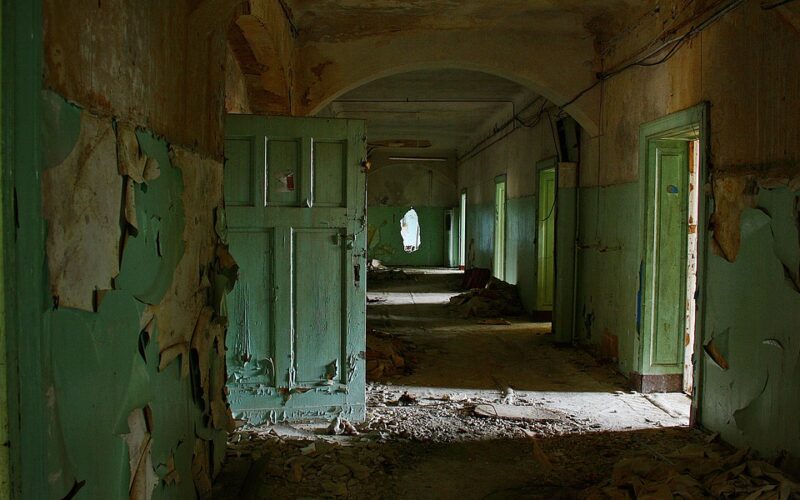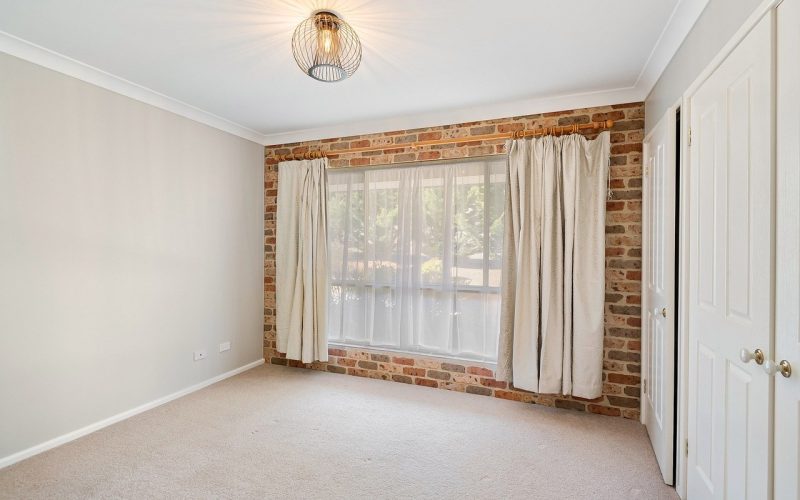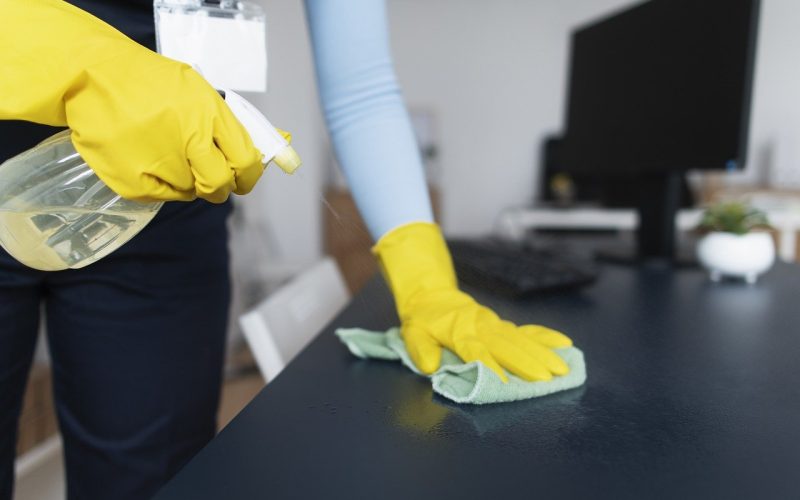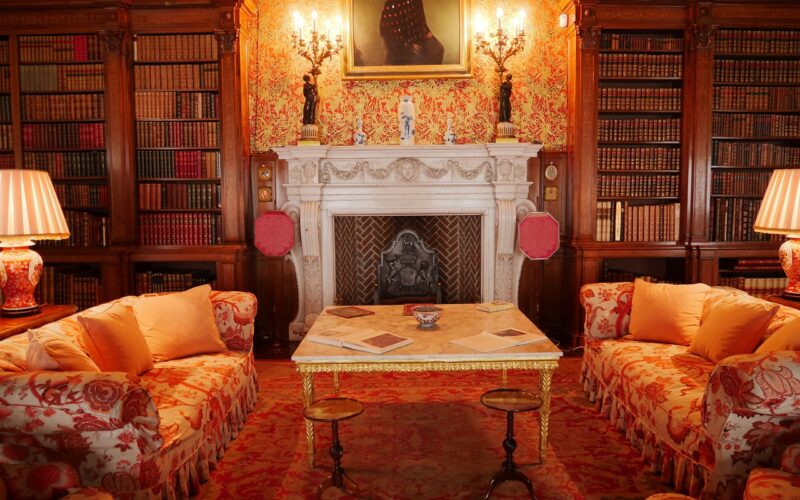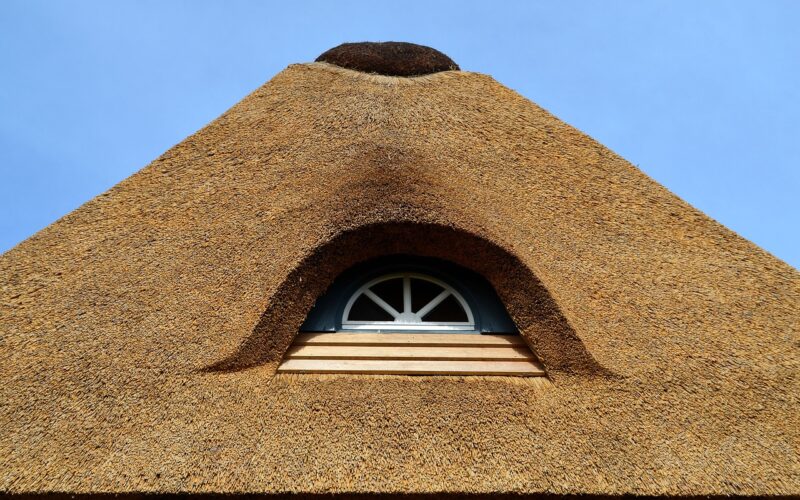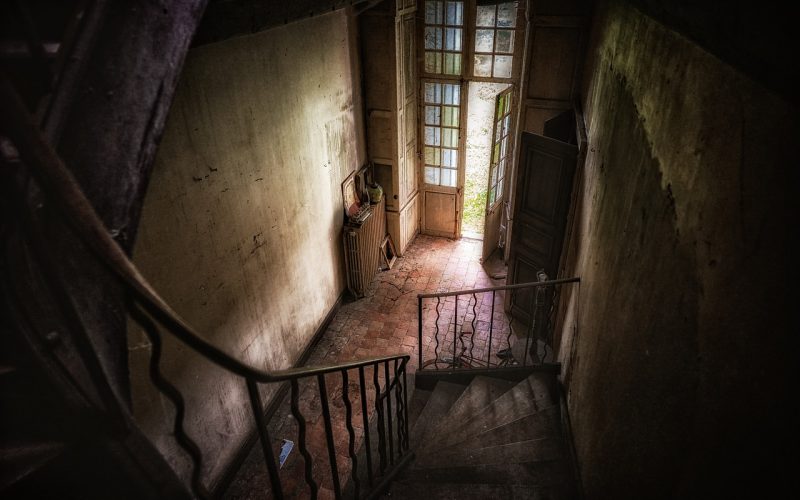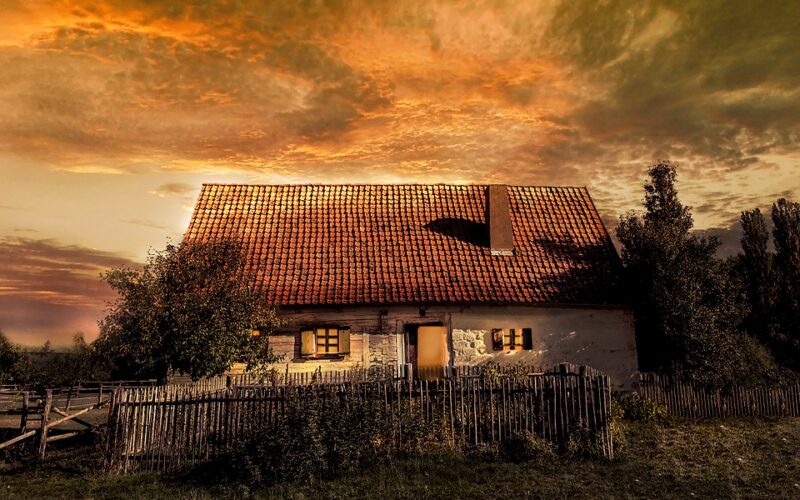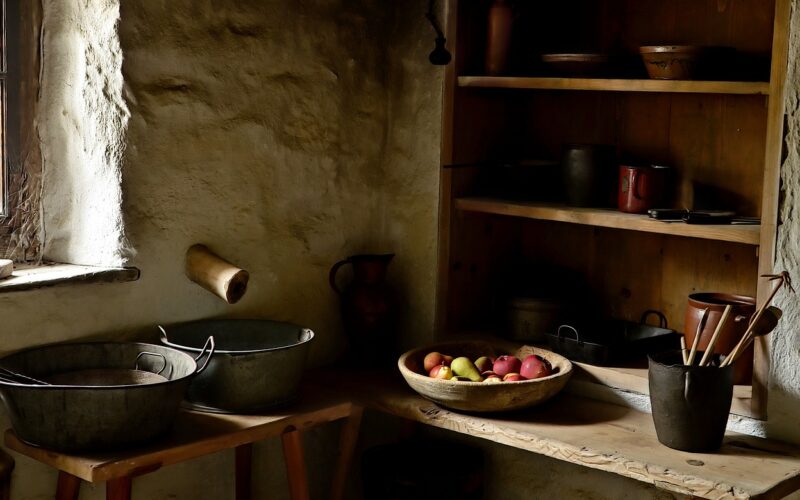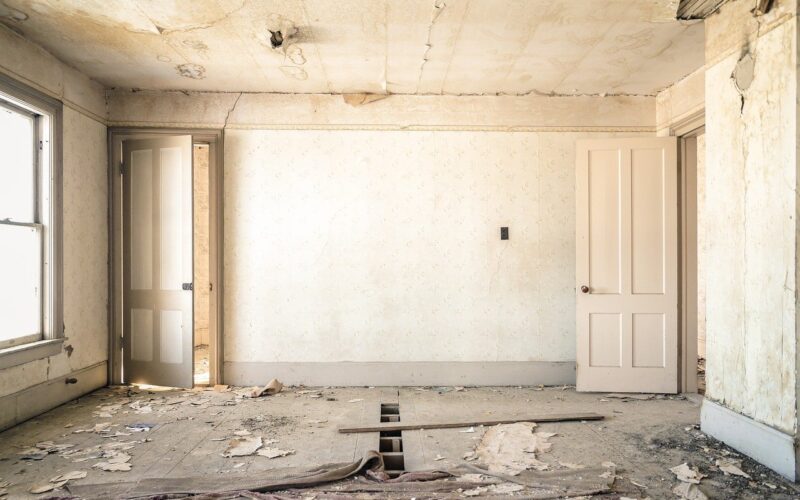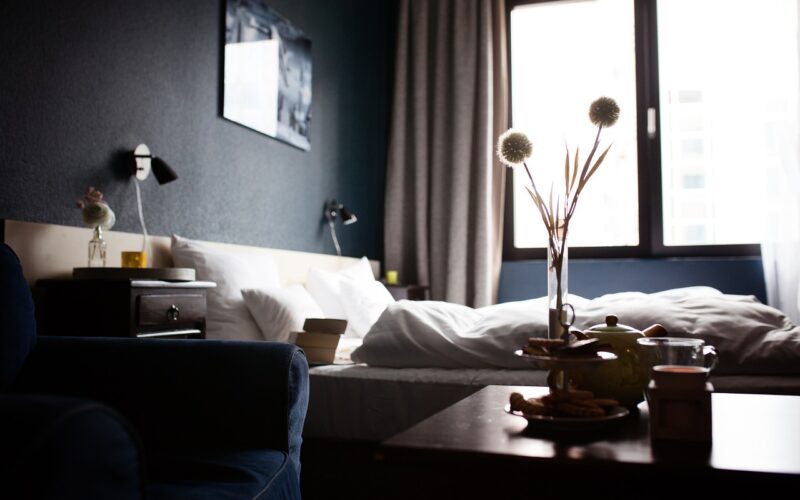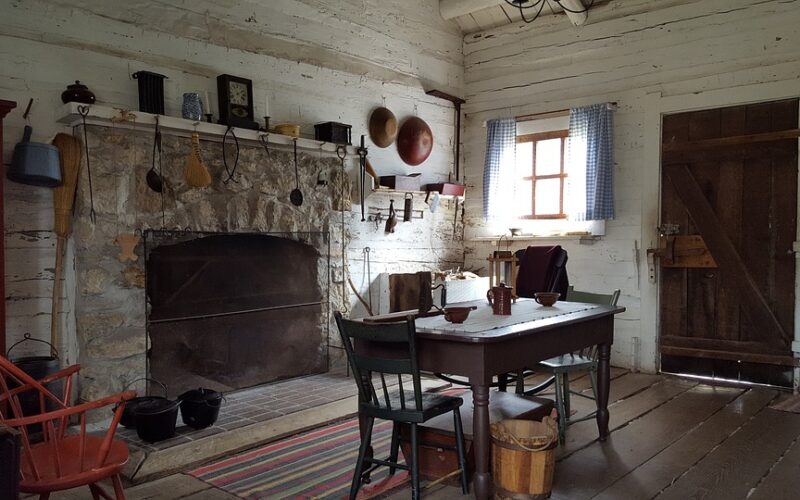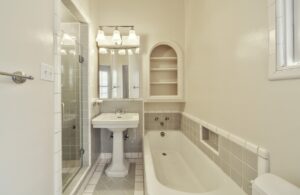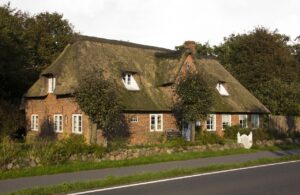Renovating an old home can be a complex but rewarding venture. With careful planning and attention to detail, you can preserve the character of your old home while introducing modern comforts and efficiencies.
Understanding the foundations of your home
Before any renovation work begins, it's crucial to assess the underlying structure of your home. Check for any signs of foundational damage, dry rot, or other structural issues that could impact the safety and longevity of your renovation efforts. Addressing these foundational matters early can save you time and money in the long run and ensure a solid base for your renovation plans.
Planning for a seamless blend of old and new
One of the greatest challenges in renovating an old home is balancing the historical elements with modern updates. This requires a delicate approach where you decide which features to restore and which to replace. Perhaps you'll retain original hardwood floors while updating the plumbing and electrical systems. Planning this blend will help maintain the personality of your home while meeting current living standards.
Modernising your heating system
A common issue with older homes is outdated and inefficient heating. Modernising your heating system can immensely improve both the comfort and energy efficiency of your home. Consider a power flush for your radiators to eliminate any build-up and improve the system's effectiveness. Incorporating a more efficient boiler or adopting underfloor heating can also significantly enhance your home's warmth and reduce energy bills.
Upgrading electrical systems to meet today's needs
The electrical systems in old houses often fall short of handling today’s technology-driven lifestyle. Upgrading your home's electrical wiring will not only accommodate modern appliances and electronics but also enhance safety. Consider additional outlets, updated light fixtures, and potentially smart home technology to bring your old home into the 21st century.
Redesigning bathrooms for modern comfort
Bathrooms are a particularly important space to renovate for both functionality and value. In old homes, bathroom spaces may be limited or outdated. Renovating your bathroom can range from simple fixture updates to full remodels. Consider space-saving designs that can make even the smallest bathroom feel luxurious. Upgrade to water-efficient toilets, showers, and faucets to conserve water and create a spa-like atmosphere.
Preserving architectural details
One of the joys of old homes is their unique architectural details. From crown mouldings and picture rails to original fireplaces and windows, these details tell a story of the home's past. Whenever possible, preserve and restore these features during renovation. They offer an irreplaceable charm that new homes simply cannot match and can be a focal point in your modernised space.
The final touches
Lastly, the final touches can make all the difference in your home renovation project. This includes selecting paint colours, fixtures, and finishes that reflect the home's era while adding a touch of modernity. Consider also the landscaping and outdoor spaces, as these will set the first impression and can be a continuation of your home's character.
Old homes hold a special place in the heart of history and nostalgia. By carefully planning and respecting the original craftsmanship, a renovation can breathe new life into an old home, creating a beautiful and functional space for years to come. Remember to take your time, respect the building's history, and work with professionals who share your vision for reviving the timeless charm of your old home.
